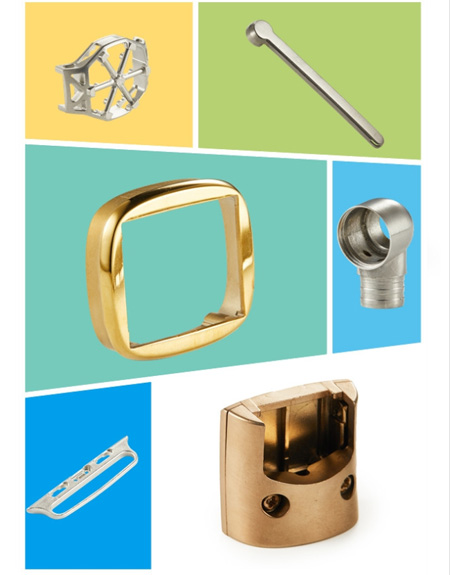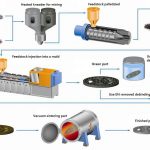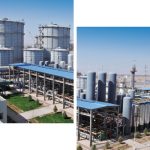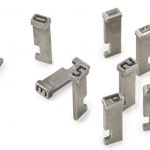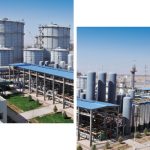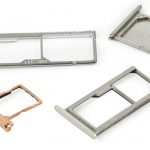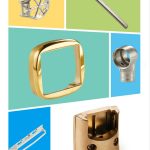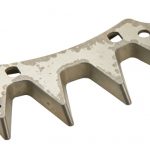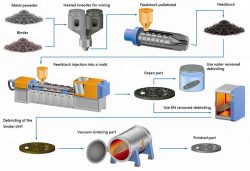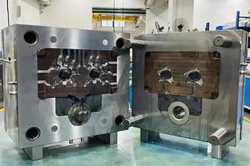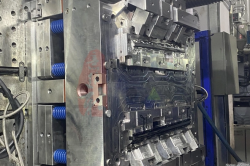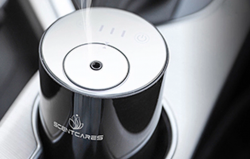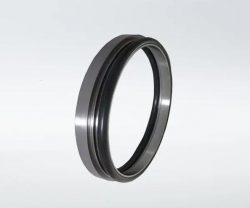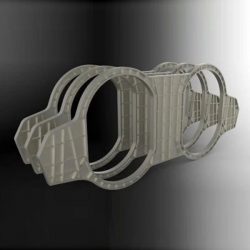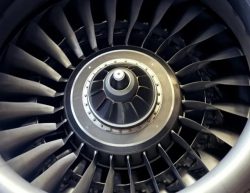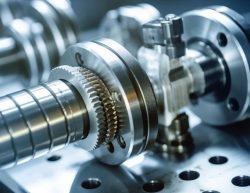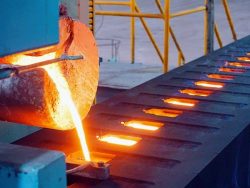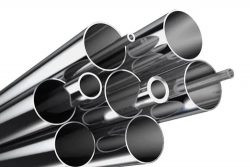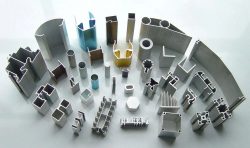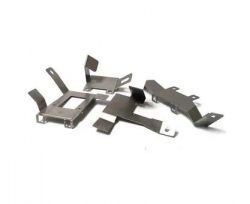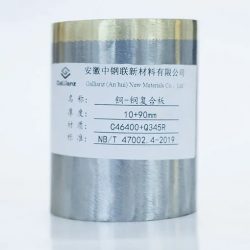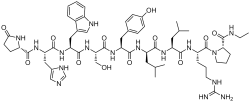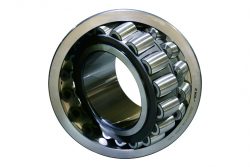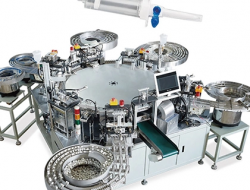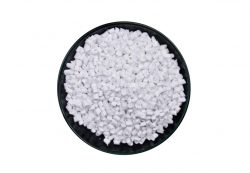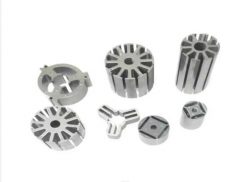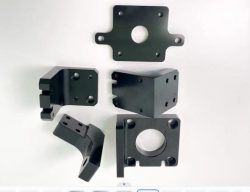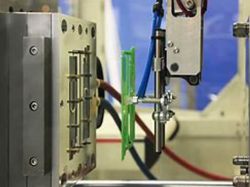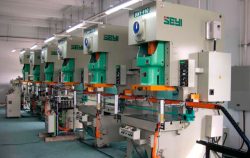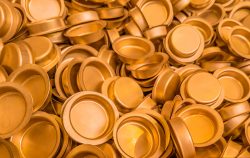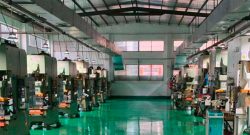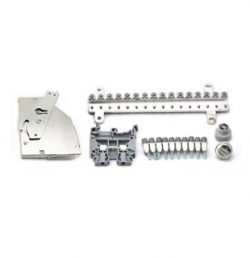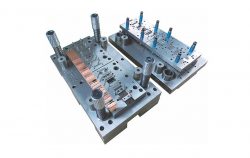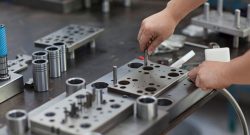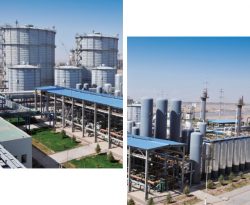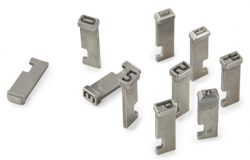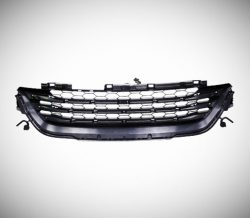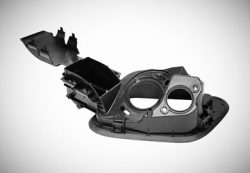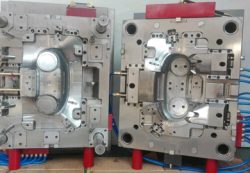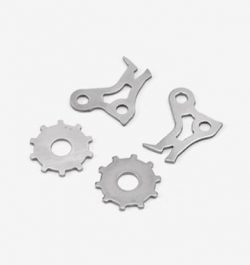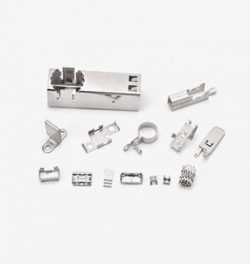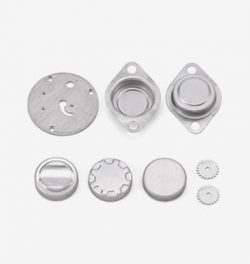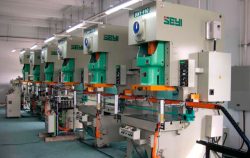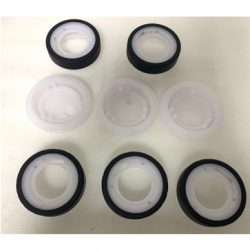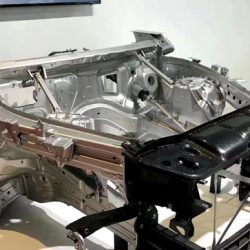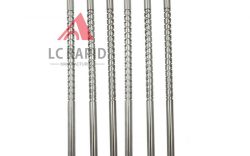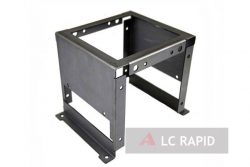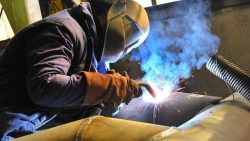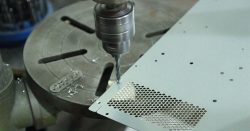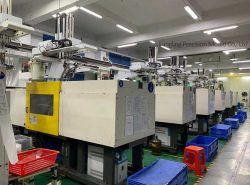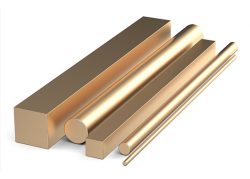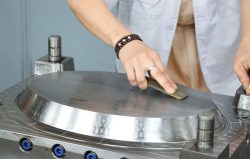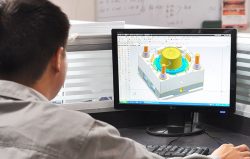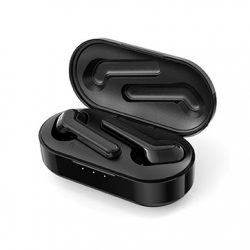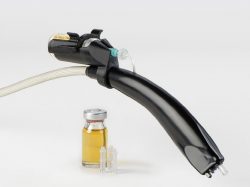Advantages and Characteristics of Powder Metallurgy Materialsmetal ,injection ,molding
Materials made by powder matallurgy are called powder matallurgy materials (metallurgical materials powder). What is called powder matallurgy is the productive powder and consolidated (such as compacted and sintered) powder to prepare materials or some technical processes. At present, it is an effective means to improve the performance of household appliances and develop new materials. Special functional materials prepared by powder matallurgy can be divided into five categories:
(1) It can control porosity and produce porous materials (such as filters, oil bearings).
(2) It can produce pseudo-alloy combined material (such as contacts, metals, diamonds).
(3) Powder matallurgy can produce refractory materials or MIM products (such as tungsten, molybdenum wire).
(4) It can prepare high alloy powder matallurgy materials, such as powder high-speed steel and powder superalloy materials, which can avoid component segregation, uniform structure, fine grains and stable properties, so the hot workability are also greatly improved.
(5) Powder matallurgy can directly make metal powder into finished products or products close to the final shape and size of finished products, so products made by powder metallurgy do not need or only needs little cutting, which can save metal materials and improve labor productivity.
Powder metallurgy is a technology in which materials are energy-saving, environmentally friendly, and powder metallurgy processes produce almost no soot or chemical pollution. Near-net-shape manufacturing parts have less or no cutting, less waste material loss, and the utilization rate of single-weight lightweight materials is very high. Using powder metallurgy materials to calculate the same products, the cost is reduced by 75%, and the efficiency is increased by 1.7 times. Therefore, from the perspective of the performance of household appliances materials, it is imperative to increase or reduce the cost of household appliances that use wood in the development and application of powder metallurgy materials in the household appliance industry.
